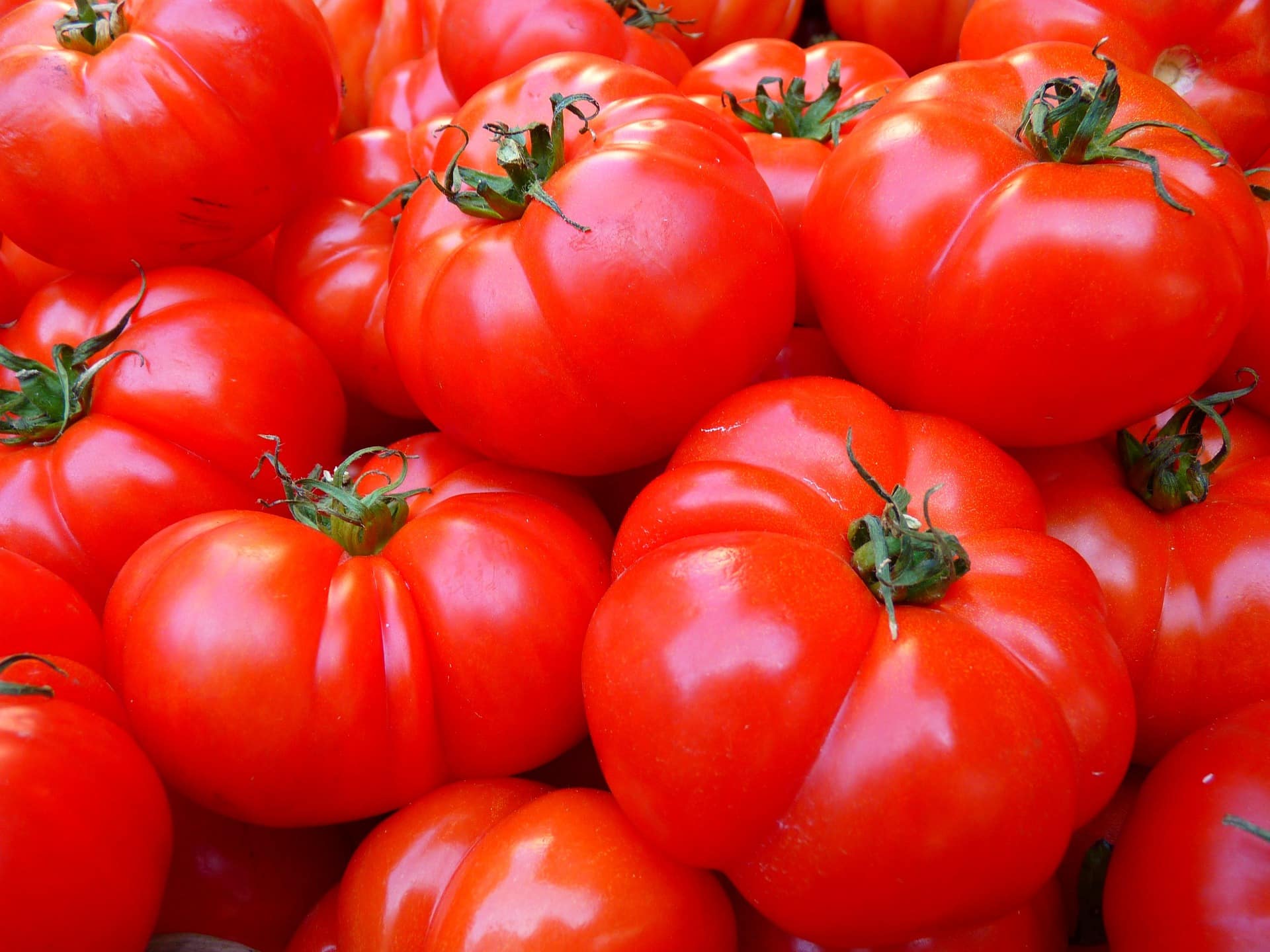Tel Aviv University Researchers Harness CRISPR Technology for Water-Efficient Tomato Cultivation - Seed WorldVarieties could help maintain yield...
Published on by Water Network Research, Official research team of The Water Network

Varieties could help maintain yield with less water.
Researchers at Tel Aviv University announced a breakthrough in agricultural science in a recent news release. They are developing tomato varieties that maintain yield while consuming less water, thanks to CRISPR genetic editing technology. This innovation addresses the critical challenge of increasing plant yields under dry conditions, a growing concern amid global warming and the decreasing availability of freshwater resources.
The study, led by professor Shaul Yalovsky and Nir Sade from the School of Plant Sciences and Food Security at Tel Aviv University’s Wise Faculty of Life Sciences, involved a multidisciplinary team. The research team included Mallikarjuna Rao Puli, a former postdoctoral fellow, and Purity Muchoki, a doctoral student, along with contributions from Ben Gurion University and the University of Oregon. Their findings have been published in the prestigious journal PNAS.
The team said that due to global warming and the diminishing of freshwater resources, there is a growing demand for agricultural crops that consume less water without compromising yield. They explained how plants regulate water loss and carbon dioxide uptake through stomata on their leaves, a process that becomes critically balanced under drought conditions.
The team targeted a gene known as ROP9, which plays a crucial role in regulating the stomata’s opening and closing.
“We discovered that eliminating ROP9 by the CRISPR technology causes a partial closure of the stomata, particularly pronounced during midday,” Yalovsky explained. “This effect is particularly pronounced during midday, when the rate of water loss from the plants in the transpiration process is at its highest. Conversely, in the morning and afternoon, when the transpiration rate is lower, there was no significant difference in the rate of water loss between the control plants and ROP9-modified plants. Because the stomata remained open in the morning and afternoon, the plants were able to uptake enough carbon dioxide, preventing any decline in sugar production by photosynthesis even during the afternoon hours, when the stomata were more closed in the ROP9-modified plants.”
The findings from extensive field experiments indicate that ROP9-modified plants exhibit no compromise in photosynthesis, crop quantity, or quality, including the sugar content in the fruits. Moreover, the research unveiled a novel mechanism for stomatal regulation related to the levels of reactive oxygen species.
Sade highlighted the broader implications of their work, noting in the release that, “there is great similarity between the ROP9 in tomatoes and ROP proteins found in other crop plants such as pepper, eggplant and wheat.”
Attached link
https://www.seedworld.com/europe/2024/02/13/tel-aviv-university-researchers-harness-crispr-technology-for-water-efficient-tomato-cultivationTaxonomy
- Water Efficiency
- Vegetable crops
- Vegetables